There’s a funny thing about the world.
Most of its magic is hiding in plain sight, right in front of us, inside the objects we use so casually that we stop questioning them.
But once you pull the curtain back even a little, everything starts to look different.
You can feel the physics buzzing under the surface.
Take your phone screen.

It looks like a flat sheet of light but it’s actually millions of tiny gates opening and closing at impossible speeds, letting electrons flow in organized patterns that your eyes interpret as colors, shapes, whole realities.
You swipe and tap like it’s nothing, but beneath your fingertips there’s an orchestra of quantum probabilities collapsing into one clear outcome again and again.
Even something as boring as a spoon has a secret.

Look closely at its reflection and you’ll see the world upside-down.
It’s not a trick.
It’s geometry quietly bending the path of light.
Your brain doesn’t even think about it, yet the rules of reflection are working with perfect precision every single time.
Or think about the warm cup of coffee on your desk.

The heat moving through it feels simple, almost obvious, but the molecules inside the ceramic are vibrating with unimaginable complexity.
Temperature is just the average chaos of countless particles, each of them dancing around, bumping, pushing, sharing energy until everything feels smooth to your hand.
Even a soap bubble has depth when you stop and look.

That thin film of water and molecules is performing a balancing act so delicate it might as well be art.
The colors you see are waves of light interfering with themselves, layering on top of each other like music turned into color.
It survives only because the forces pulling it apart are equal to the forces holding it together.
And don’t forget the microwave you reheat leftovers in.

It isn’t warming your food the way a stove does
It’s shaking the water molecules inside it directly, making them vibrate faster until the entire dish heats from the inside.
You are literally watching energy move from an electromagnetic field into matter.
Once you start noticing these things, the world stops feeling ordinary.

It becomes a puzzle where every piece is doing something interesting.
Nothing is silent.
Nothing is still.
Everything is a small experiment running on its own, patiently waiting for someone curious enough to see it.
This is why science feels so beautiful.
Not because it gives you complicated equations, but because it turns everyday life into something alive.
It makes a spoon, a bubble, a warm cup, even the glow of your screen feel like part of a deeper story.
And once you feel that, you can’t unsee it.
Suddenly the world is fun again.
Suddenly you’re noticing everything.
